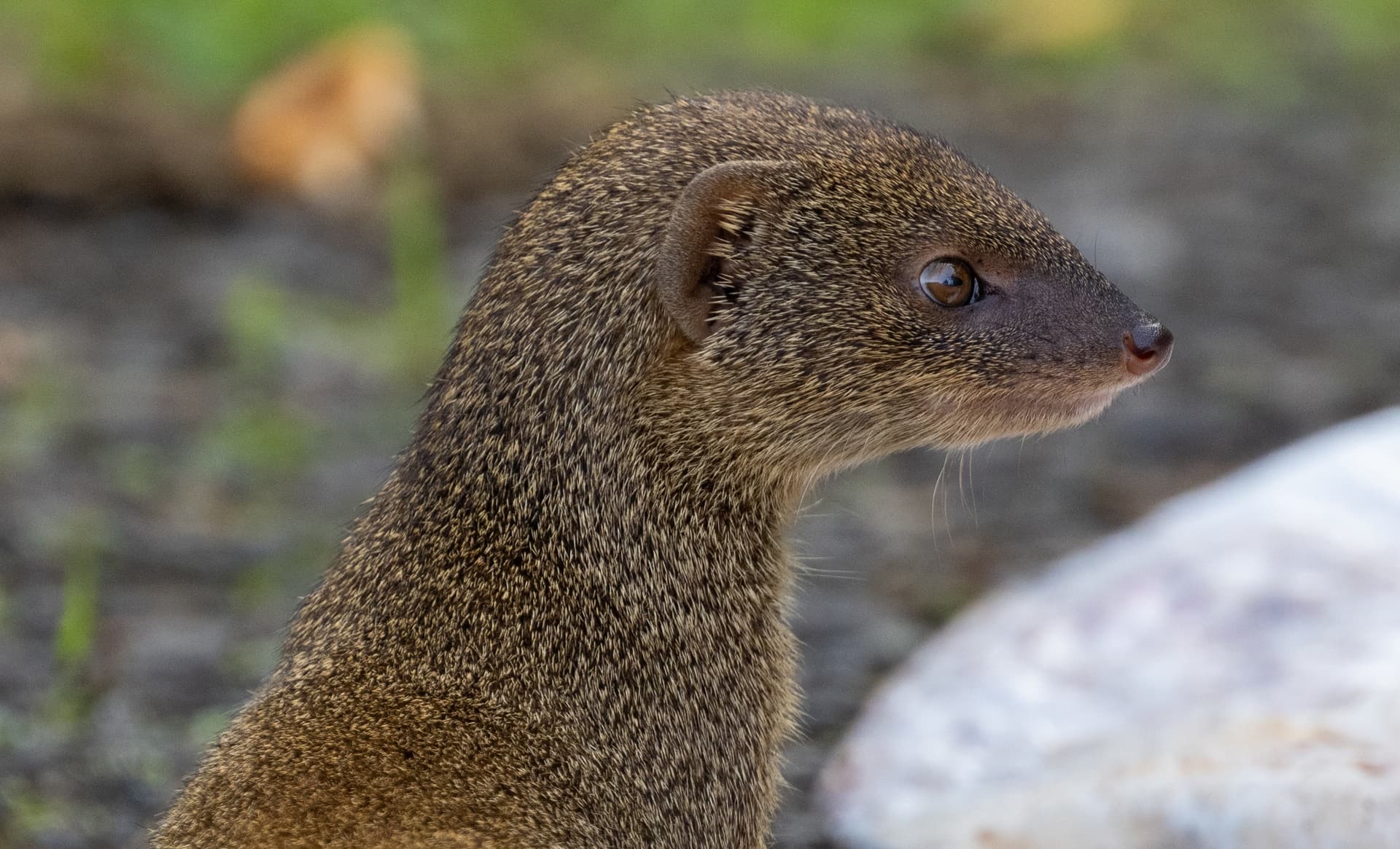Mongoose
Understanding the impact of mongoose predation on nēnē eggs and chicks, and ongoing control efforts.
The Threat
The presence of introduced mammals is a primary factor that limits the breeding success and survival of nēnē.
The small Indian mongoose (Herpestes auropunctatus) was introduced to the Hawaiian archipelago in 1883, and quickly became widespread on Oahu, Molokai, Maui, and Hawaii Island, from sea level to elevations as high as 7,000 ft (2,130 m).
Various studies have reported the damaging effects of mongoose predation on nēnē eggs, with some citing mongoose as the main cause of nest failures. Additionally, these invasive species are known to prey on adult and juvenile nēnē.

Current Conservation Efforts
87%
of donations in 2023 were spent directly on predator control in critical habitats for nēnē and other waterbirds.
406+
mongoose removed based on carcass counts, with potential numbers being higher.
We use a variety of trap types and depend on volunteers to help us check live traps every day. If you want to help with trapping in Hawaiʻi please contact us!
Regulations
Hawai'i Injurious Wildlife (HAR 124)
It is against Hawai'i State law for any person to introduce, keep or breed any mongoose within the State except by permit from HDOA; permits are not issued for Kaua'i County or the island of Lana'i.
Common Misconception
The introduction of mongoose to Hawaiʻi is often cited as an example of biocontrol, however, it is important to note that the introduction of this species by private individuals in the sugarcane industry was not part of any scientific biocontrol process. Mongoose were not subjected to rigorous scientific evaluation before their introduction to Hawaii and, therefore, should not be considered an example of biocontrol.
Quick Facts
Primary Threat Type
Nest predation and adult/juvenile predation
Affected Areas
Oahu, Molokai, Maui, and Hawaii Island
Introduction Year
1883